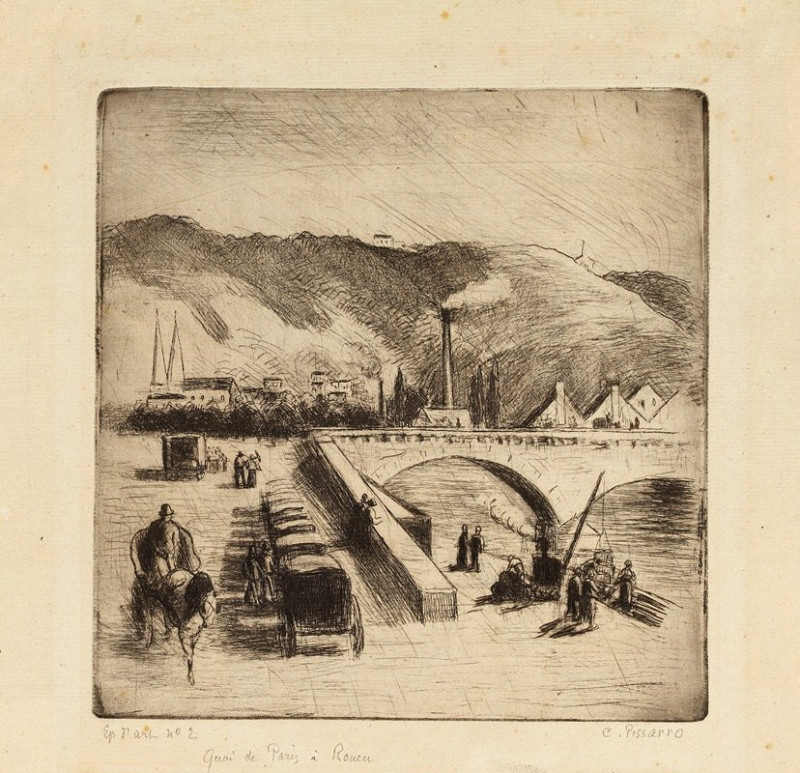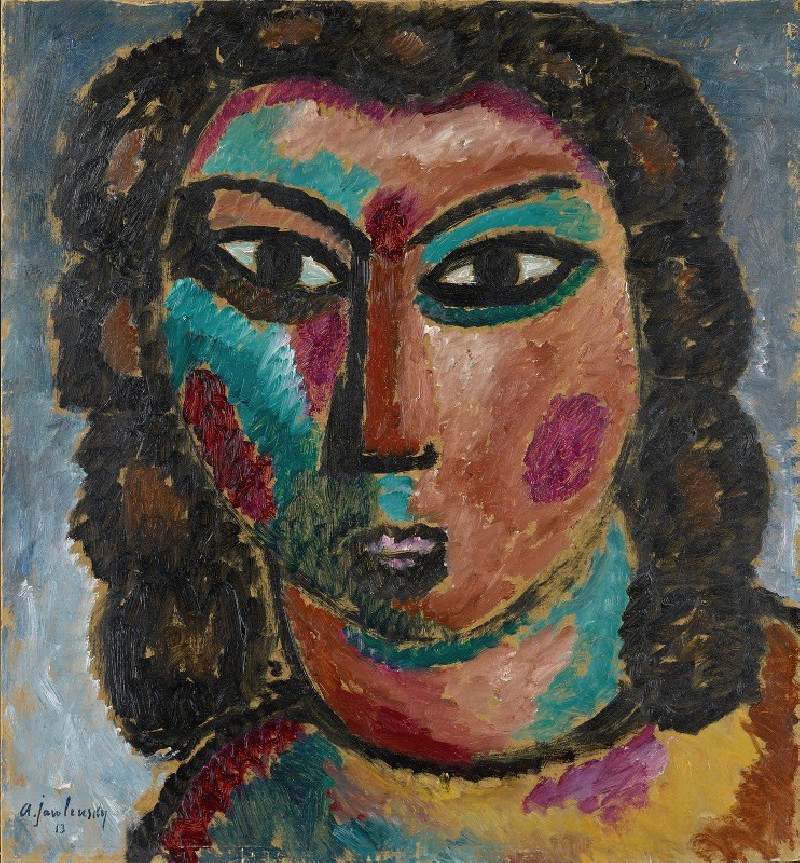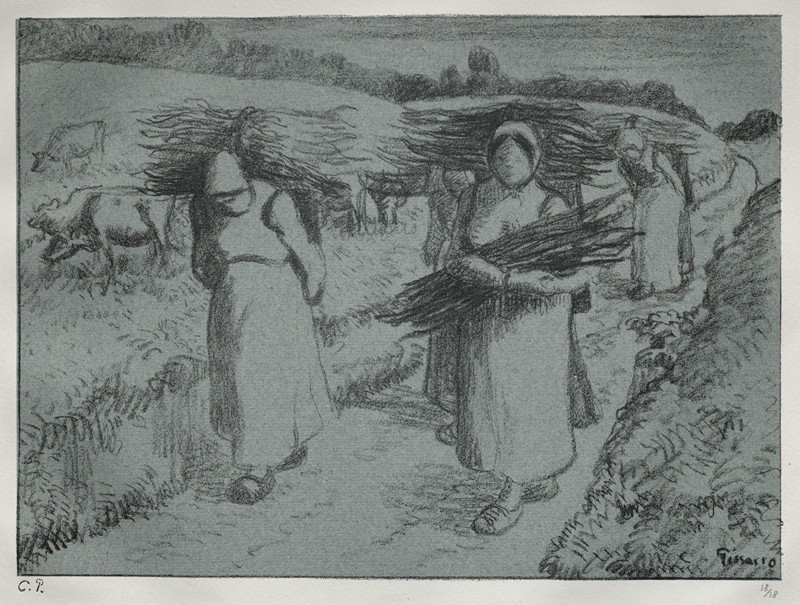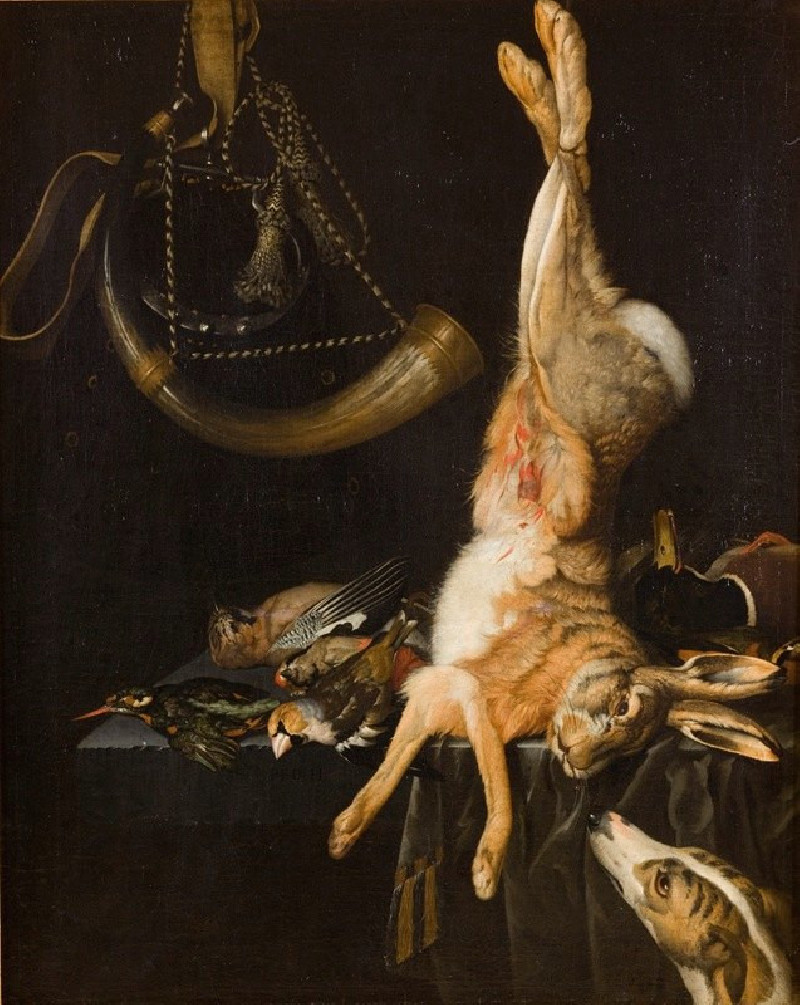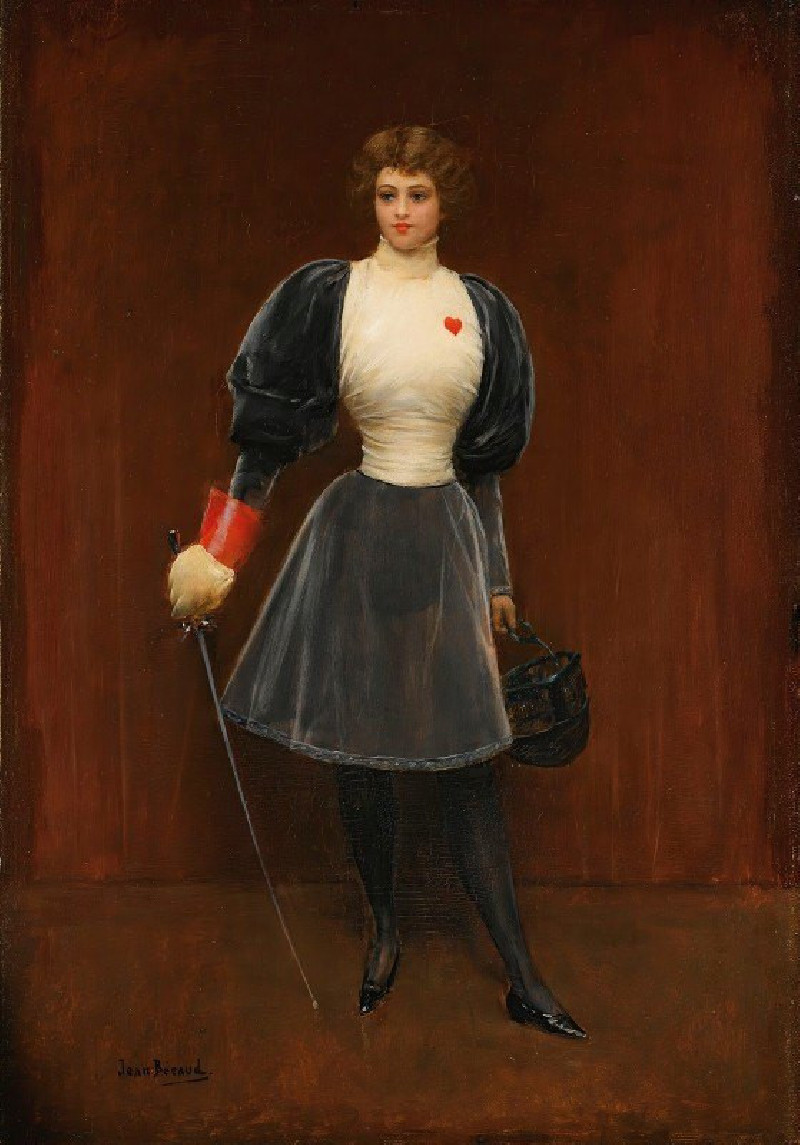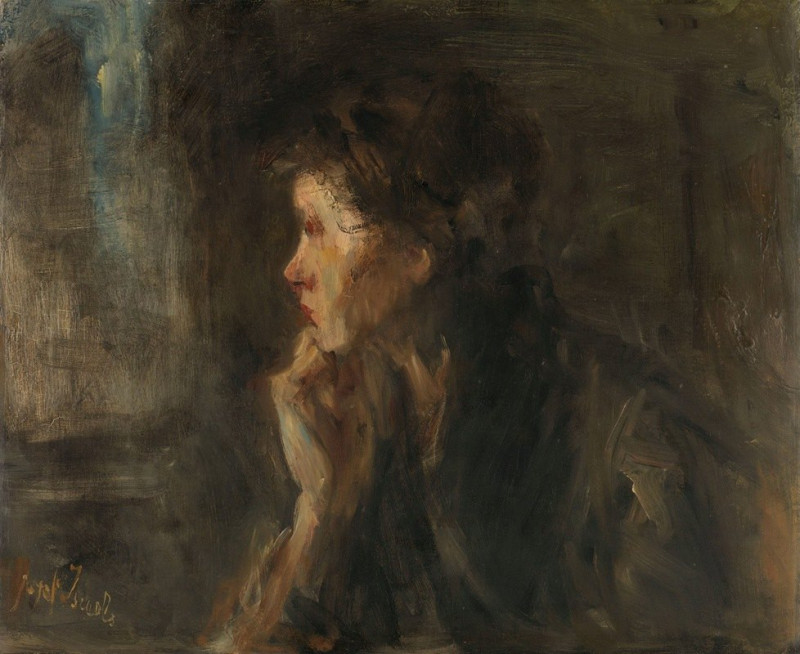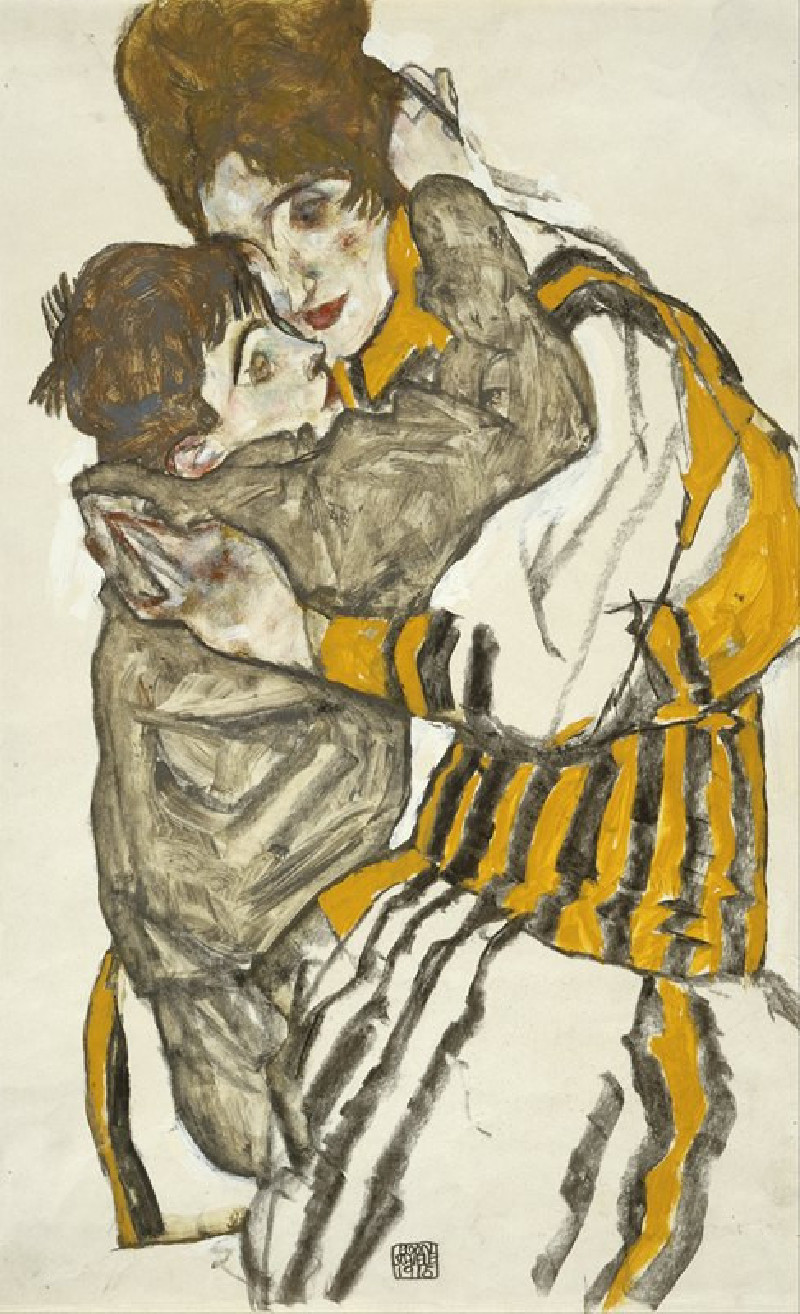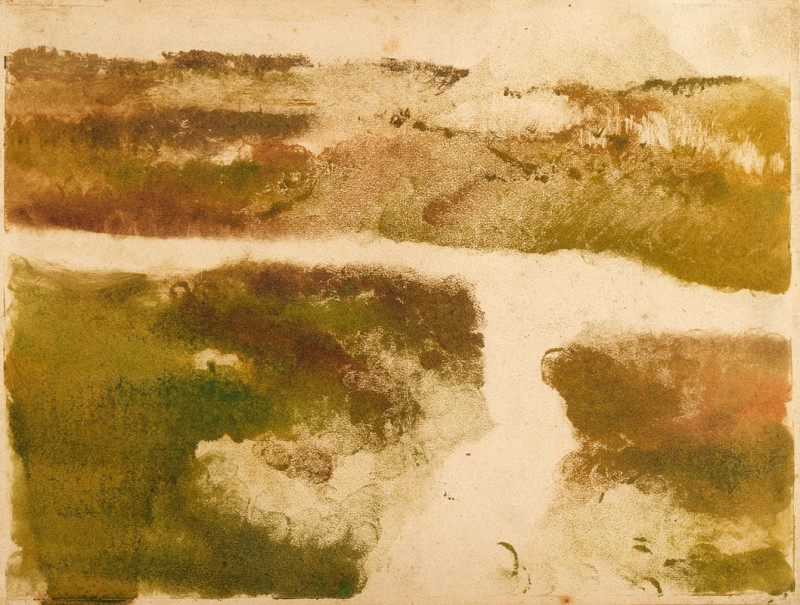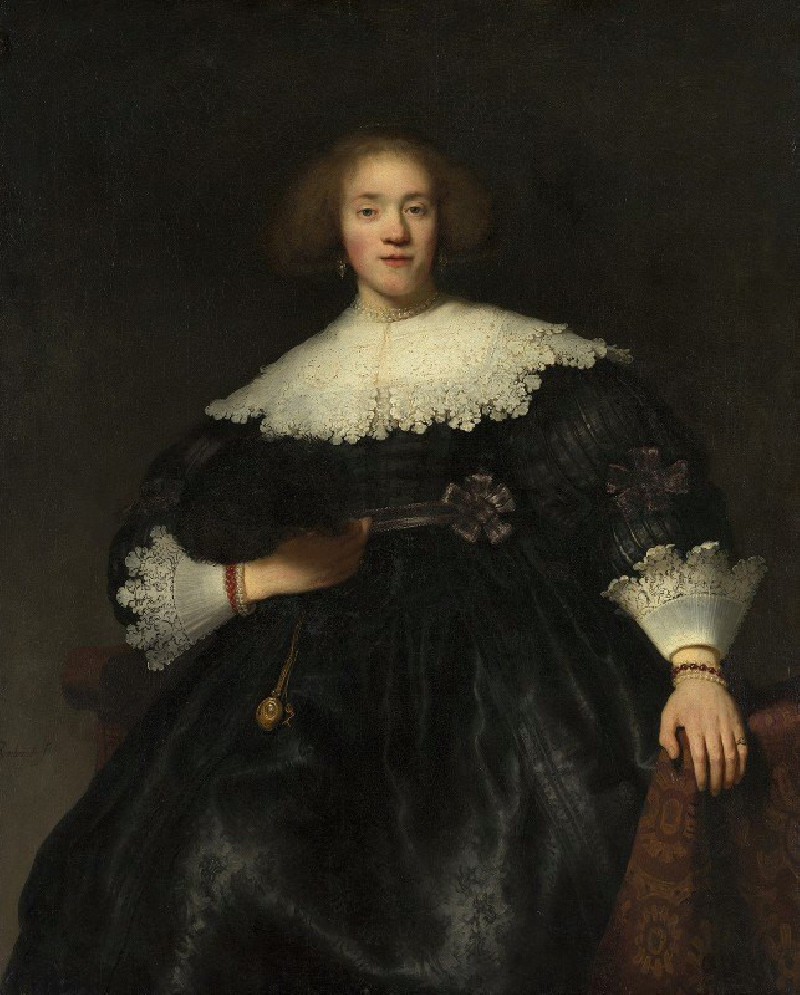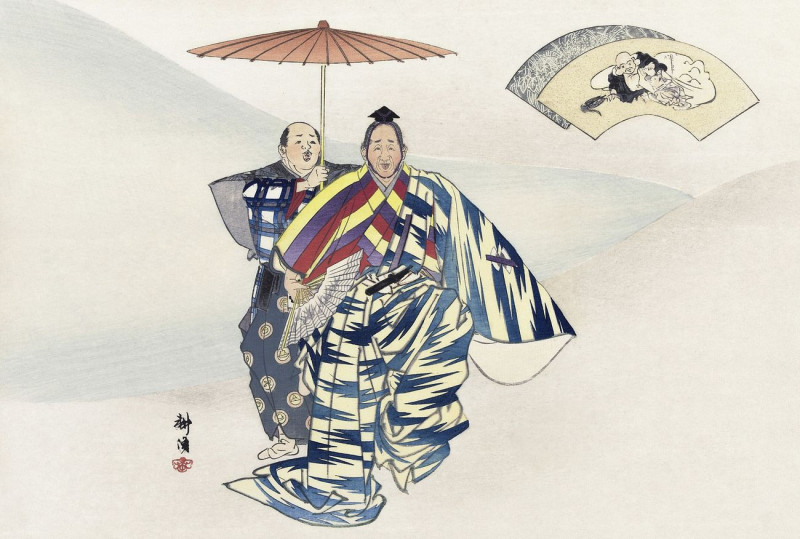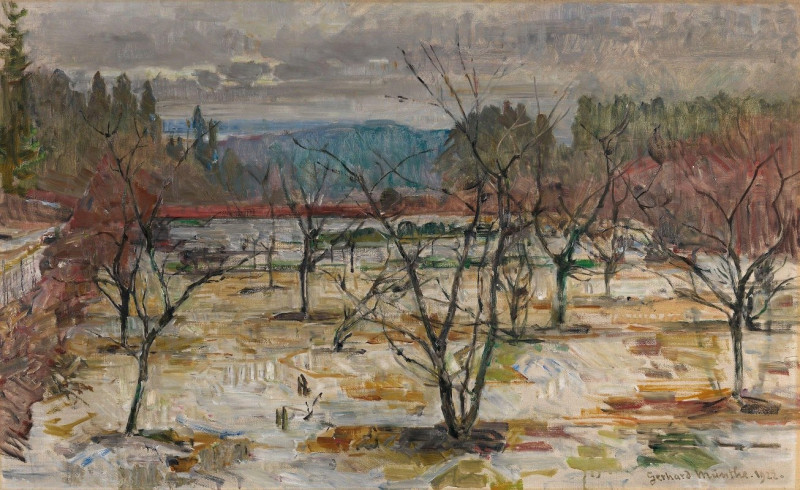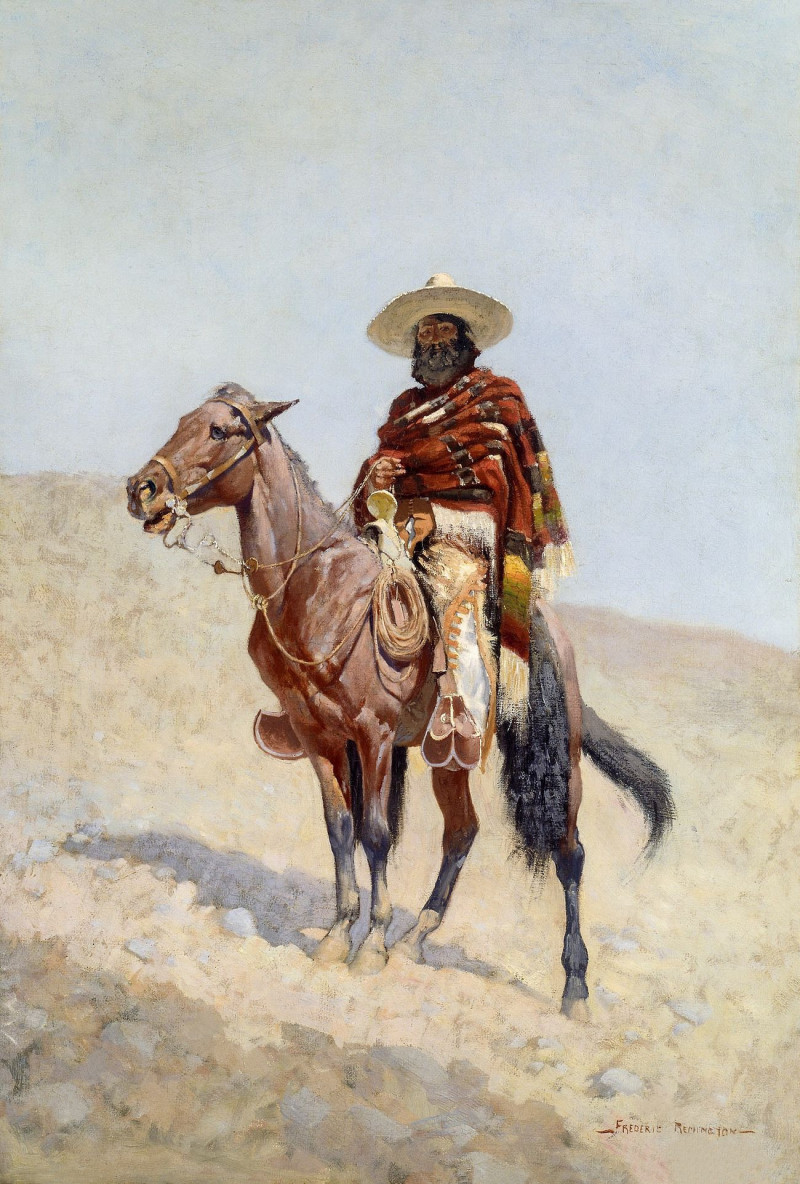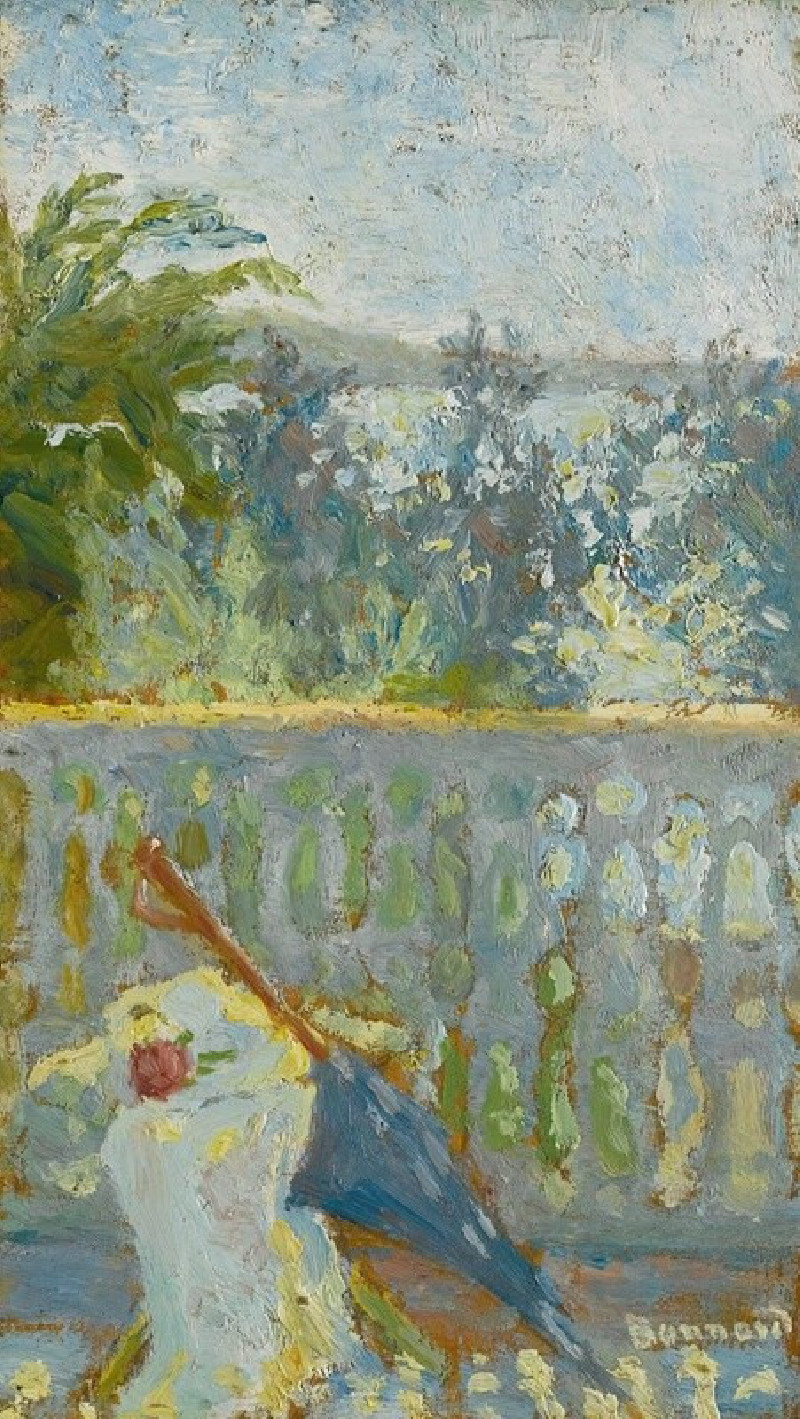Quai de Paris a Rouen (1896)
Technique: Giclée quality print
Recommended by our customers
More about this artwork
"Quai de Paris à Rouen" (1896) by Camille Pissarro offers a beautiful snapshot of urban life and industry gracefully blending into the natural landscape. In this evocative etching, Pissarro captures the bustling activity along the banks of the Seine River in Rouen, reflecting both the tranquility and industrious spirit of the late 19th century.The scene is energetically balanced with the gentle curves of the bridge on one side and the rows of houses and smoking factories on the other, symbolizing the coexistence of nature and industrial progress. The foreground features figures going about their daily tasks, a horse-drawn cart, and riverboats—all suggesting commerce and movement that were characteristic of Rouen during this period.Pissarro's deep and textured etching lines enhance the dynamic quality of sky and water, adding depth and emotion to the view, making "Quai de Paris à Rouen" not just a visual record but also a poignant interpretation of its era.
Delivery
Returns
Blessed are they who see beautiful things in humble places where other people see nothing. — Camille Pissarro
Camille Pissarro (1830-1903) was born on St.Thomas (now the US Virgin Islands) to a Portuguese father and a Dominican mother. He went to Paris to study art at Ecole des Beaux-Arts. He was an early pioneer of pointillism and neo-impressionism and later became a mentor of many famous impressionist painters including Cezanne, Manet, Renoir, and Gauguin. His paintings depicted rural and urban French landscapes and lifestyle. Many of his works politically captured images of peasants and laborers. Today, he is considered the father of impressionism.

